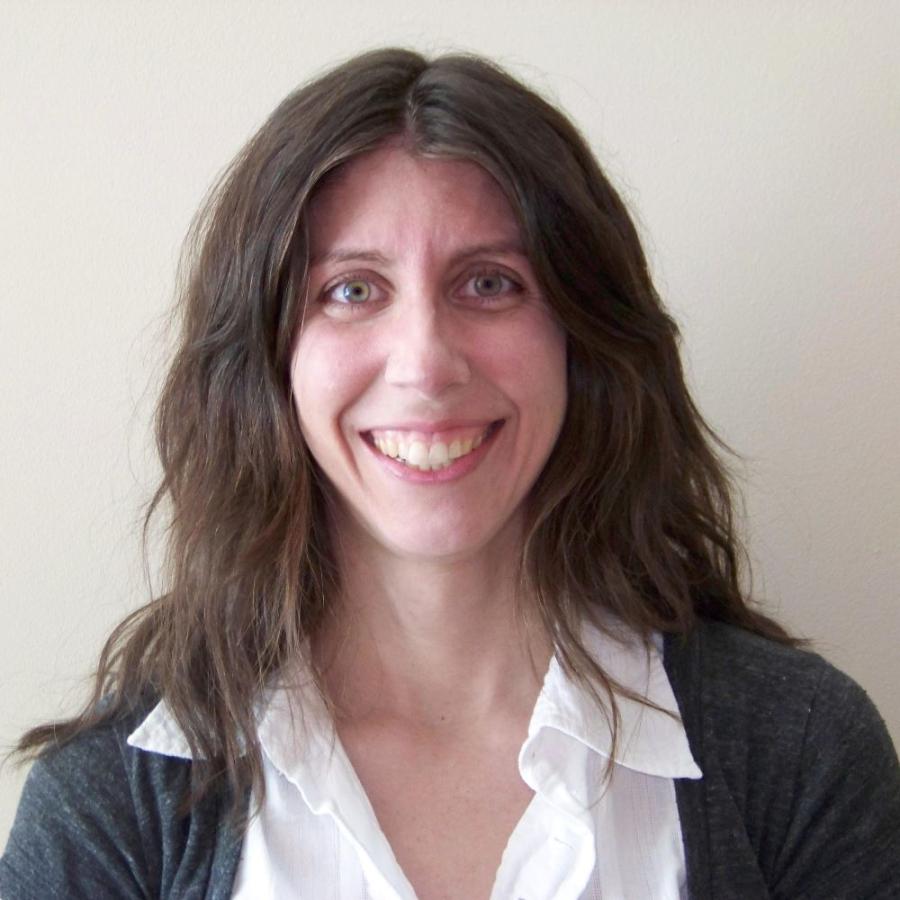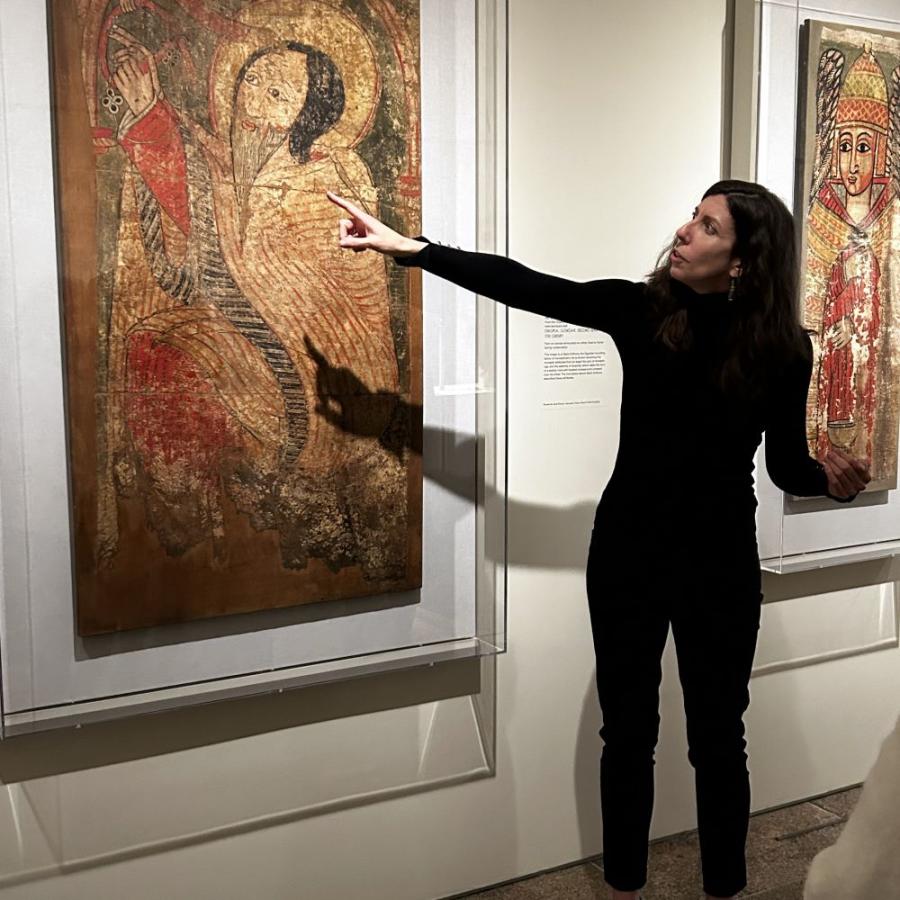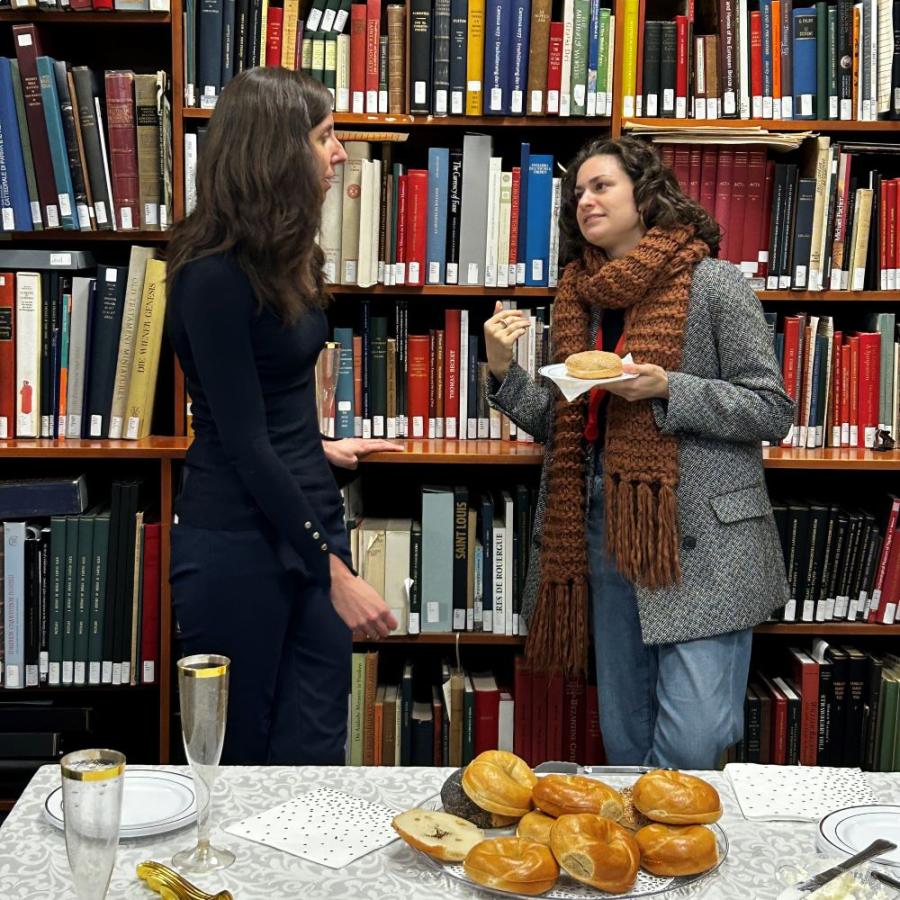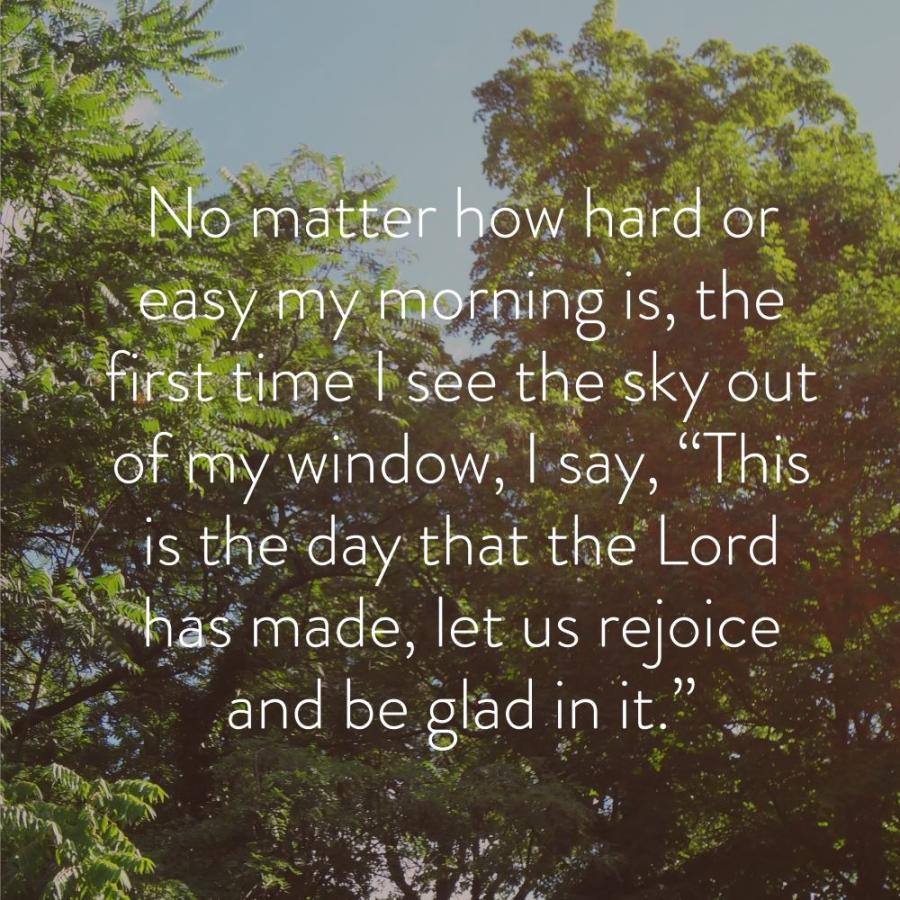
Jaime Rall is our Woman of the Week, nominated as the first Orthodox seminarian to become an intern at New York’s Metropolitan Museum of Art and for her work in its recent Africa & Byzantium exhibition. You see her here with one of the icons from that exhibit. We asked her to tell you how she got from where she started to that role:
“I came into Orthodoxy about 15 years ago, already well into a career in social work and public policy. My journey to what I'm doing now really starts there. You often hear stories of converts to Orthodoxy being drawn to it by the beauty of our sacred art and music, but that was definitely not me! I was drawn to Orthodoxy by its mystical theology. I felt like I had found the Church I had always been looking for, the Church that truly embraced and lived the paradox that the unknowable God desires us to know him. But at first I couldn't see how the Church’s sacred art fit into that worldview.
“I had been an artist and church musician in the Church of England, so I had already acquired a strongly developed sense of aesthetics around sacred art, which was nothing like the sacred art of the Orthodox East. When I came into the Orthodox Church, all the pictures everywhere seemed strange, cartoonish, and overwhelming. I didn't know what to do with them. I didn't have a practice of kissing them. It just wasn't quite coming together at first, but I could also see that the very strangeness of the art pointed to something that was still missing in my own Orthodox faith and practice. So I leaned into it! My now-husband was a seminarian at St. Vladimir's in 2012, and I visited the campus for Pascha. While there, I had a long conversation with Professor Peter Bouteneff about liturgical and para-liturgical art that broadened my thinking and gave me some timely guidance. After that, I started reading more, I did some icon workshops. I took classes on early Christian and Byzantine art and on the connections between icons, liturgy, and deification. It was through the arts that I really converted, that I became Orthodox in a deeper and more wordless way. This was my way of entering into the Orthodox mindset, its phronema. Sacred art became very important to my faith, and to my understanding of the faith.
“Around the same time, I went through a lot of changes in my personal life that made me reconsider whether I wanted to continue putting all my energy into my career in community social work and public policy. So when St. Vladimir’s launched a new M.A. concentration in Sacred Arts, I thought, ‘This is it, this is what I have to do. This is what I've been drawn to in the Church.’ And I didn’t know if the stars would ever align like this again. So I leaped! I came to the seminary as part of its first cohort of students in Sacred Arts in Fall 2022. That degree program gives us general theological training as well as classes in iconography, architecture, music, and the relationship of sacred arts to liturgy. I’ve also done coursework in theological aesthetics and narrative.
“Those of us in the Sacred Arts concentration are encouraged to do an internship. Last year, Dn. Harrison Russin, our professor of liturgical music, sent me an announcement for an upcoming internship at The Metropolitan Museum of Art. I was sure I had no chance of getting it, as I thought it was probably meant for 22-year-old art history majors. But I wanted it so much, since it was such a perfect fit for my academic interests, my professional background, and my personal journey in faith through the sacred arts. The internship was in the museum’s Department of Medieval Art and The Cloisters and it was designed to support the massive Africa & Byzantium exhibition that would open that November. In the application process I was honest about my life path and how I came to study Byzantine art, and they actually picked me! It has been an enormous blessing. It was only supposed to be a full-time gig for the summer, and then they kept me on for a second, part-time internship through the fall. Altogether, I was there for six months.
“Coming to The Metropolitan Museum of Art—and working with Byzantine art in a totally different setting—has opened up new possibilities for me. I don’t know what I'll be doing after I graduate, but working in that kind of field has now become an option that didn’t exist for me before. Most life-changing, though, was that by the end of my time at The Met, there were people of faith who were thanking me for my ministry. I was surprised and humbled, because it turns out that they were right: Exploring the theology of our sacred art with the faithful who encounter it can be a form of ministry. It can bring meaning to people's faith practice in a way that's really important to them and can be a way of sharing that love and that encounter with Christ together.”
Axia!


Our Woman of the Week is Jaime Rall, nominated for her work at the Metropolitan Museum of Art’s Africa & Byzantium exhibit. You see her here speaking to a group from St. Vladimir’s Seminary, and speaking with a Met colleague at a reception in the museum’s medieval department’s library. We asked her to tell you more about how helping people explore sacred art can be a ministry in itself.
“When I started my internship at The Met, I thought I understood what I would be doing. And to some degree, I did: I helped with art historical research, with object labels and explanatory panels, with the exhibition catalogue, and so on, as you might expect. I was also able to transfer skills from my previous career in social work and public policy to a surprising extent, reaching out to stakeholders, facilitating administration around object loans, and the like.
"But it really became ministry thanks to Andrea Achi, associate curator of Byzantine art at The Met, who had a vision for engaging communities in this exhibition. Under her leadership, our team brought together members of communities—Coptic and Ethiopian Orthodox, Greek Orthodox, Black American, Sudanese, and Tunisian—that had a special relationship to objects in the exhibition. As part of that broader engagement effort, I started building relationships and having encounters with Eastern and Oriental Orthodox people who were collaborating with The Met about how sacred art could be presented and how to engage communities of faith in works that belong to our living tradition. Because, for the Orthodox faithful, these incredible artworks aren't just cultural artifacts of the past. These are living works for us, here and now.
“Toward the end of my internship, I started offering tours to seminarians, professors, and supporters of the Institute of Sacred Arts at St. Vladimir’s. Each tour was as much a gift to me as to the attendees. Together we would look closely at a handful of the treasures in the exhibition and talk about: What is this object? What do you see? How does it embody and express our faith, our understanding of who God is and what He has done for us? How is that seen through its formal qualities, and situated within its historical context? The tours let me connect our history with our theology, which is exactly where I sit as a student of sacred art. As Orthodox people, we could see in this exhibition a story of Christianity flourishing and persisting in North and East Africa over centuries—this bright through-line of faith. And the conversations I got to have with people who were engaging with these works out of their own life of faith, out of their own hearts, showed me connections I hadn't seen before. It became this incredibly rich dialogue, a real communion with each other and with Christ, who we saw in these holy images. Sacred art invites us into that encounter with Christ together, and I was blessed to be a tiny part of it.
“In addition to the tours, I also had the opportunity to have conversations with some of my colleagues at The Met about the study of sacred art, and how the Sacred Arts concentration at St. Vladimir’s differs from a typical art history degree. Yes, there's a lot of overlap: We also think about period and medium, formal qualities and attribution, influences and movements, like any art historian. But those concerns are secondary to the lived experience of these works within the worship and theology of the Orthodox Church. Our study of the arts, I like to say, is organized by mindset and by practice. That dialogue sparked further interesting discussions about how we think about sacred art of any tradition, not as artifacts to be stored away, but as objects of use whose value to the faithful goes far beyond their beauty and antiquity.
“This summer, I’m doing an internship in chaplaincy at Mount Sinai Hospital in Manhattan, which some people have found confusing. Why train in pastoral care, when I'm a student of sacred art? These things seem so different. At The Met, a number of people asked me questions like that, too: How would the pastoral training I was planning to do connect to what I had already been doing at the museum? But for me, it's all the same. For me, it is always about bringing the beauty of Christ into the fraught here-and-now, whether that means helping people see Christ in an icon that was made by human hands or working myself to be an icon of Christ to somebody who is suffering. The idea of ‘image,’ or ‘icon,’ in the Orthodox East is theologically so rich. It embraces our artistic heritage and how we use that heritage in our worship. But it also far transcends that by being central to our anthropology, our soteriology. After all, our identity is rooted in the idea of the image and likeness of God, who we are and who we are becoming. It all connects. That's why we had a council on icons, right? It all connects through our one Lord, Jesus Christ, through who He is and who I am as I am being made into His likeness.”


As always, we asked Jaime Rall, our Woman of the Week, to tell you about her morning routine. You see here the view out her window at St. Vladimir's. She is also sharing the view she has during her morning prayers:
“I always love reading the Axia Women of the Week ‘morning routine’ sections. But I was nervous about sharing my own. So I’m just going to be very honest: I was diagnosed with a chronic and disabling medical condition 12 years ago that often makes my mornings hard. It can be a real struggle for me to get my body up and running in the morning. Often I just about get it together in time to be late for about four different things!
“My morning routine is largely taken up with that—just the practical needs of having a body that needs some extra support every day. Since my mornings are pretty unpredictable, my prayer rule is necessarily flexible. But no matter how hard or easy the morning is, or what I have on the docket for the day, the first time I see the sky out of my window, I say, ‘This is the day that the Lord has made, let us rejoice and be glad in it.’ Everything else goes from there. I'm very blessed to live at the seminary where the chapel is four minutes from my front door. But whether I pray in bed, or get up and rush to the chapel for liturgy, or whatever, it all starts with that prayer.
“I've been thinking about a testimony from the Soviet gulags where, although they were without a church, they saw a clearing in the woods where they held their secret services as a cathedral. The sky over their heads was the dome, and the trees around them were the walls reaching up to it. There is great grace in God making everything church for us, especially in our times of hardship. That's certainly what I've experienced, that all things become church in the midst of suffering.”
Thank you, Jaime!


